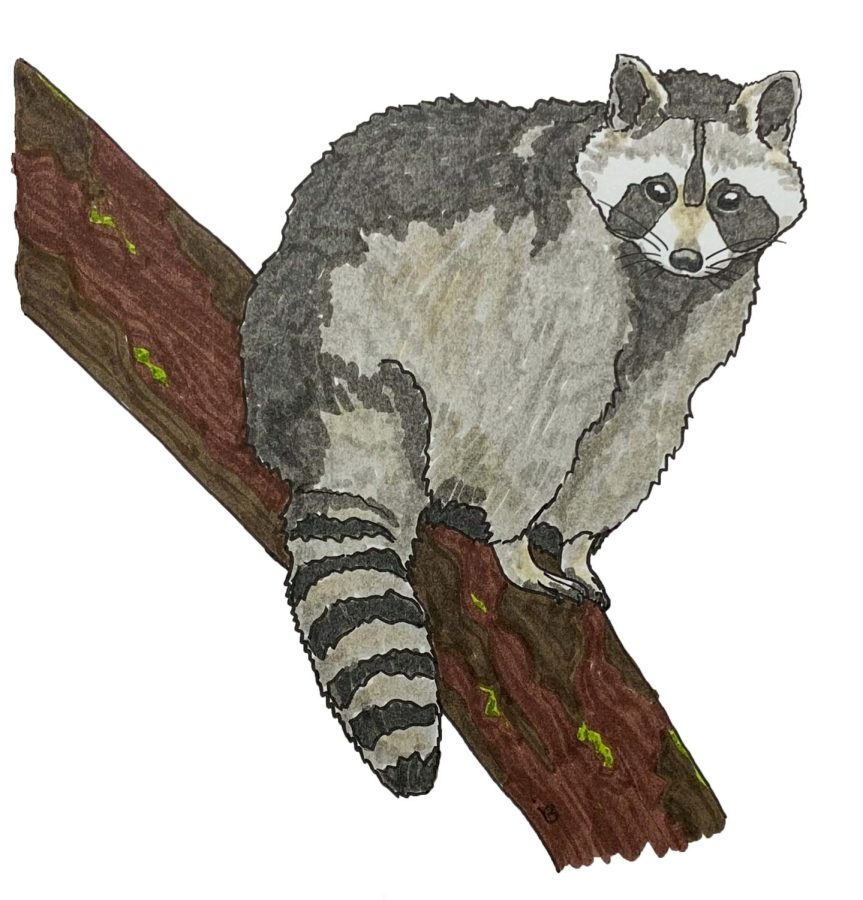Celebrate National Wildlife Week
Endangered species in peril due to lack of awareness
April 7, 2022
This week marks a decades long tradition to celebrate America’s wildlife. The effort was founded by the National Wildlife Federation in 1938, according to their website. NWF created the holiday to spotlight spectacular species that call our nation home, especially those that are endangered.
A multitude of efforts are underway to save these species before it is too late. However, conservation efforts are often hindered by a lack of awareness. Research conducted by the Association of Zoos and Aquariums found that Americans shockingly underestimate the number of endangered species by over 90%.
There are 500 animal and 769 plant species that are federally endangered, including the California condor and black-footed ferret, according to the U.S. Fish & Wildlife Service. However, 110 species have been taken off the endangered species list thanks to recovery efforts, including the Peregrine falcon in 1999 and the Steller sea lion in 2013.
The salvation of the bald eagle is arguably the most famous U.S. conservation effort. In 1963, there were a mere 417 nesting pairs across the U.S., according to the Wildlife Society. Scientists attribute the decline to extensive hunting, habitat loss and the use of Dichlorodiphenyltrichloroethane, also known as DDT.
DDT, a pesticide, weakened eggshells and led to extremely high nest failure rates throughout the 1960s and early 1970s. After banning DDT in 1972 and promoting conservation efforts, the population began to rebound. Bald eagles were delisted in 2007.
There are 35 animal species are endangered in Washington state, according to the Washington Department of Fish and Wildlife. Some — like the orca — live nowhere near Pullman, but others like the pygmy rabbit are native to our area.
Lisa Shipley, professor for WSU’s School of the Environment, studies the endangered Columbia Basin pygmy rabbit population in her lab.
The grizzly bear and sandhill crane are also endangered native Palouse species. Grizzly bears occasionally roam through the Palouse but have not established a healthy population, according to the Washington Department of Fish and Wildlife. Sandhill cranes depend on the wetlands and grasslands of the Palouse region for breeding habitat, according to the Washington Department of Fish and Wildlife.
There are many steps you can take to protect native species. Plant a garden of native plants, or simply reduce your use of pesticides, to support native pollinators and birds. Conserving local wildlife is as easy as slowing down when driving to avoid hitting a critter or picking up trash to clean up habitats.
You can donate to a conservation organization like Audubon Washington, Conservation Northwest or Washington Wild. Raising awareness is also a great option!
Whether it is hiking, birding, fishing or simply enjoying nature documentaries from the comfort of your couch, any way you choose to appreciate wildlife is the perfect way to celebrate National Wildlife Week.











